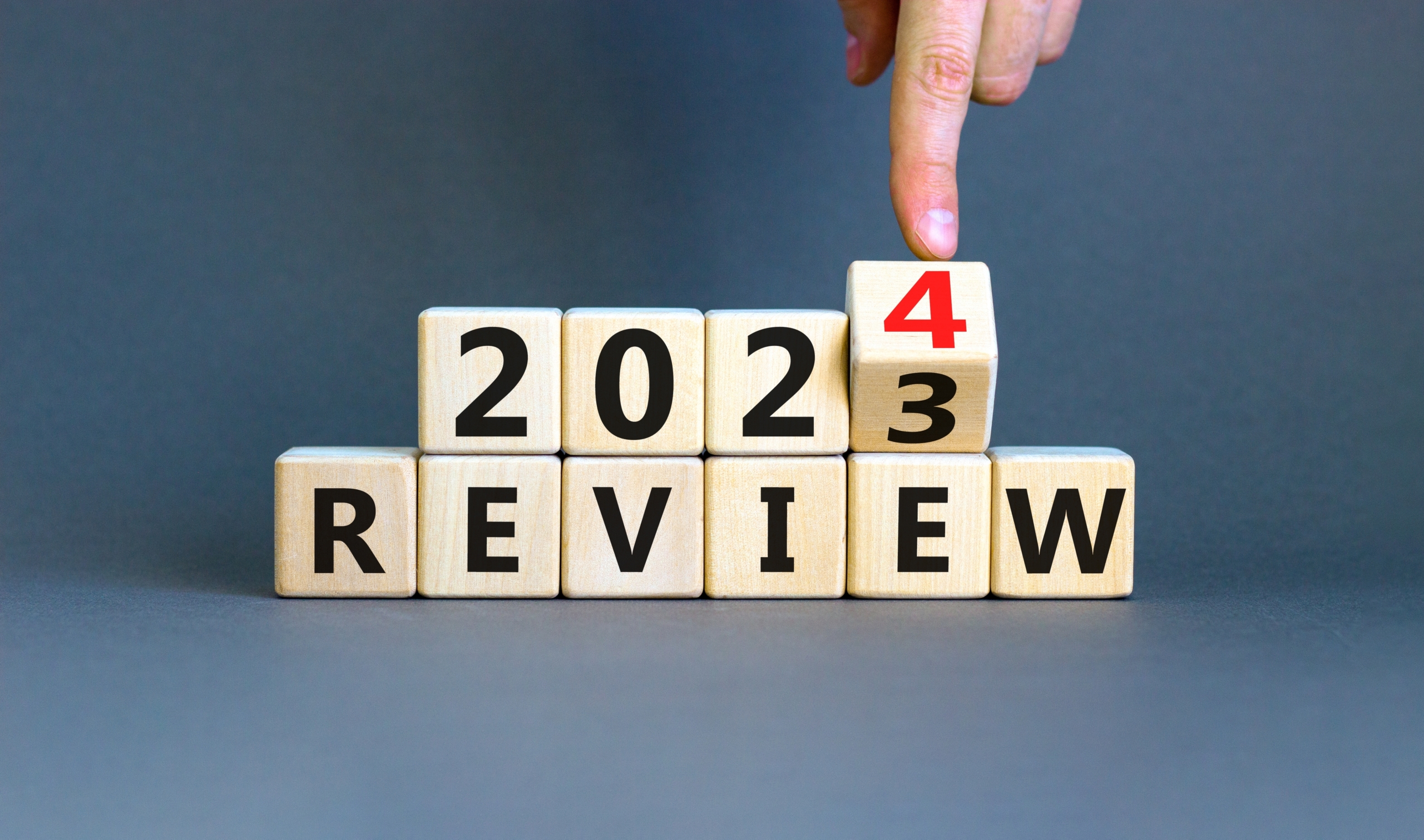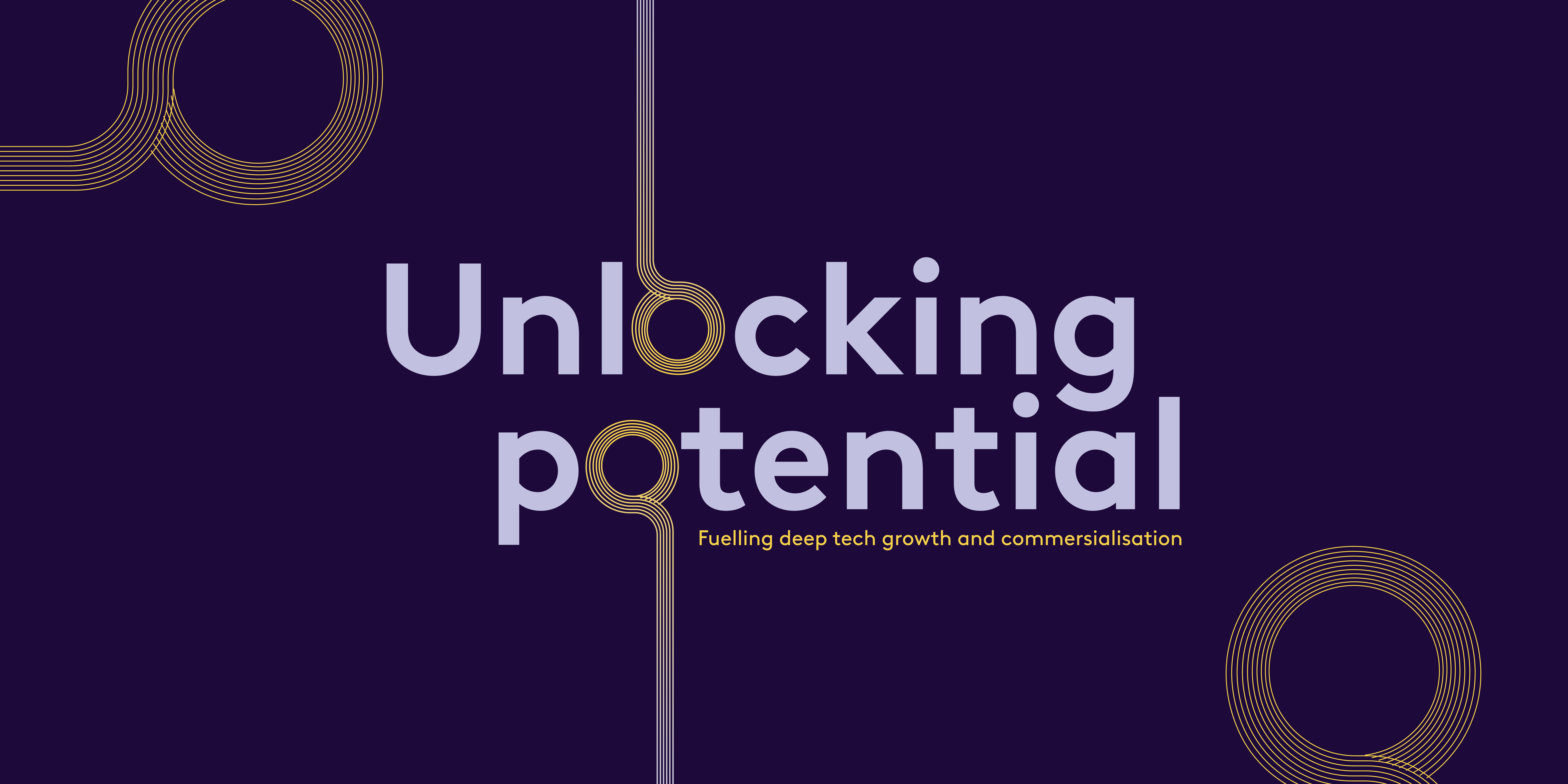Your company culture’s power to shrink the distance.
The Allen Curve tells us that physical closeness is better, that with distance comes a significant drop in communication frequency. So when your company is suddenly spread over tens, if not thousands of square miles, how will this affect your culture?
The science of communication
In the late 1970s, Professor Thomas J. Allen determined how the distance between engineers’ offices affected the frequency of communication between them. “We are four times as likely to communicate regularly with someone sitting six feet away from us as with someone 60 feet away, and we almost never communicate with colleagues on separate floors or in separate buildings,” said the report.
A few decades on communication channels bind us together in ways Professor Allen could not have imagined. And yet, even though remote working has been available to us for a while now, we’ve generally chosen to congregate in a central office, often in the centre of really expensive cities, obeying the principles of the Allen Curve.
Now that we’re forced to put distance between ourselves (miles not meters), what will we discover about our company’s culture?
Knowing your culture, and adapting
Knowing what your culture is actually made of means you can double down on keeping it alive. Most organisations will have a set of shared ‘values’, some will have captured those in documents and posters, others will have been unspoken. Values are best described as the behaviours and skills we most value in our co-workers. How we interact with one another and work together. Having a fundamental understanding of our values will be important as we change the context around our culture. Some of those behaviours will translate nicely into the digital channels of communication, others may be a bit more challenging.
Its always been true that culture evolves over time, and it will need to adapt with the shifts in how we work. The communication channels Professor Allen knew nothing about now exist, shrinking physical distance. Culture doesn’t need to be a dogma set in stone (or a physical office), but as something adaptable, that can help us stay connected and united.
Early examples
From our portfolio and wider network, we’re hearing of buddy systems, where small teams of two check in and look out for each other, creating a level of connection that runs beneath the day-to-day. Another company we know starts its Zoom calls with a regular ritual: one person will ask the next a quick question. It can be anything from “what did you have for dinner last night?”, to “how are you feeling this morning?”. The chain goes round in a few minutes and a web of connection is formed before the meeting-proper gets underway. You’ll probably have heard of the many pub quizzes, drinks evenings and even Cribs Style video tours of co-workers’ houses.
As time goes on, we expect to hear more and more of these kind of examples of company culture adapting and growing into the new paradigm of remote-working and restricted movement. These behaviours and little rituals will not only keep the connection going, but could enrich each company’s culture.
On the other side
Entrepreneurs have always thrived on new situations. Adaptation and change are the qualities that startups’ successes are built on. So when the day comes that we all step back into the office, we could return with a better culture than we left with.
How is your culture adapting? Any new rituals or practices? We’d love to hear about them. [email protected]
A great podcast from An Everyone Culture
https://hbr.org/podcast/2016/05/let-employees-be-people.html
And always recommended reading…
The Culture Code, by Daniel Coyle














